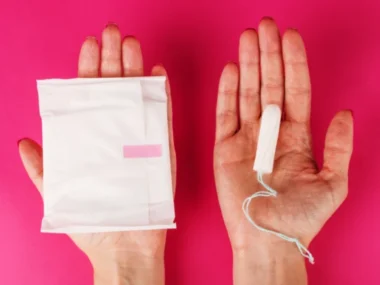When people mention Sand Fleas, they’ll be talking a few different organisms: Sand flies, which sleep in and around aquatic habitats, and sand or mole crabs, which are literally crustaceans that survive the beach and do not bite humans. Really, “any flea that comes out of a sandy area, people call a sand flea ,” Nancy Hinkle, Ph.D, a professor at University of Georgia’s Department of Entomology, stated.
But true sand Fleas are technically referred to as chigoe fleas, or chigoe , according to the Centers for Disease Control and Prevention—and they’re actually quite detrimental to human health, but not necessarily from a bite. Luckily, these sand fleas are extremely rare within the US, but that does not mean you’ll never encounter them, especially if you travel outside the country at some point.
To help you with everything you would like to understand about sand fleas, Health spoke to Hinkle, an entomologist (aka, a bug expert)—here’s what we discerned about sand fleas, sand flea bites, and what other damage these parasites can cause.
What are sand fleas (aka, chigoe fleas), and where do they live?
Chigoe fleas are known by quite few different names: jiggers, niguas, chicas, picos, piques or suthis, according to the CDC, which says that female fleas pose the foremost risk to humans. While both adult male and female fleas prey on warm-blooded hosts, like humans, the adult mated females actually burrow into the skin of humans (more thereon later).
These sand fleas are mainly found on Caribbean beaches, also at beaches in South America, Hinkle says. The fleas originally came from Africa, and Hinkle says sand fleas are common on African beaches also . The CDC adds that the fleas normally occur in sandy climates, including beaches, stables and farms.
Just because we don’t currently see chigoe within the US doesn’t mean we couldn’t: If you were to visit a beach within the Caribbean, as an example , and come into contact with the fleas, you’ll potentially pick them up there. And then, if you walked around a beach the US after coming into contact with sand fleas, you’ll introduce them to the world . “That may be a risk—[if] you’ve got been walking along a Florida beach, you’ll start an infestation of chigoe fleas in Florida,” Hinkle says.
What do sand flea bite look and feel like?
Here’s where things get interesting: Sand fleas reproduce with the assistance of humans. Female sand fleas burrow into the skin (usually the feet) and male sand fleas briefly meet them there to mate, Hinkle says. this is often technically called tungiasis, or an infestation by the chigoe . The female’s head are going to be burrowed into the skin but her buttocks isn’t, which allows her to expel eggs to the bottom after mating. the feminine dies after expelling eggs—about 100 approximately over a two-week period, per the CDC—and then will fall out of the foot, to the bottom.
Usually, people don’t notice beach flea bites as they’re happening. The fleas are small, and that they usually attach themselves to the ankles or feet, meaning you would possibly not even notice once they first make contact with the body. In fact, per the CDC, the initial symptoms of a sand flea infection usually start to develop only after the females are in their engorged state. “That’s the danger there: you’ve got this lovely vacation, you revisit on the plane—a few days later you notice irritation on your great toe , [and] it’s hurting to steer around,” Hinkle says. This inflammation and ulceration may become severe, the CDC says, and multiple lesions can cause difficulty walking.
But the bite itself—and even strictly the burrowing—isn’t necessarily the matter , it’s the aftermath. The opening created when the feminine burrows into the skin can put you in danger of contracting infections. the female sand flea “creates this opening that permits bacterial infection.” this will cause a tetanus diagnosis, or one among gangrene, Hinkle says. In severe cases, people need to have toes amputated as a results of a sand flea bite. The treatment prescribed if your doctor diagnoses you with sand flea bite hinges on the damage done.
Final Thoughts
Next time you see yourself planning a vacation, it can’t hurt to be sure if sand fleas are problematic on the beaches you propose on visiting. the WHO reports that repellents, like DEET-containing bug sprays, are often effective in keeping fleas away, as can copra oil . That said, it’s important to understand the label of your preferred bug spray to see how frequently you need to use it to be sure you’re constantly protected.





